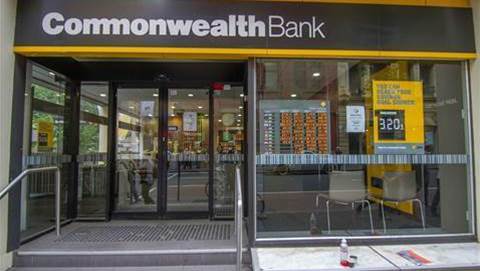CBA is looking into the possibility of making DocuSign “the only way to deliver and sign” commercial lending documents, after exceeding a 90 percent adoption target at the end of last year.
Executive manager of digitisation Tim Roberts told DocuSign’s Momentum 2022 conference that the bank’s leaders set the target adoption rate in the middle of last year.
“At the time [the rate] was less than 50 percent - so this took a fair bit of what we call industrial strength change management, but I’m pleased to say we hit the 92 percent mark adoption just before Christmas,” he said.
“That means we’re currently looking and exploring ways of making DocuSign the only way to deliver and sign [commercial loan] documents.”
The bank has previously discussed its use of DocuSign to get commercial loan documents delivered, signed - and in NSW, witnessed electronically, due to restrictions posed by the pandemic.
Like other banks, it was able to move on e-signatures owing to law changes in Australian state and territories that had previously blocked use of such tools.
“In 2020, in response to the Covid pandemic, a number of the Australian governments at state and federal level put emergency regulations in place allowing electronic signature of deeds, and CBA took quick advantage of these laws to meet our customer needs,” Roberts said.
“Initially it was a tactical response, limited to Victoria and NSW, but it was so successful and embraced by our customers, bankers and leaders, that we’ve now expanded to all states.”
Roberts said that 92 percent “of all commercial loan packs prepared by Operations are delivered by DocuSign, and we use DocuSign templates that our doc prep team automatically apply signature fields to, over 23 different mortgage, deed and agreement documents.”
“Where documents need to be signed by wet ink on paper - for example, deeds in Western Australia still need to be signed on paper - we still use DocuSign to deliver the documents with instructions to print, sign and return the paper documents [to us].”
He said that DocuSign is used across all business segments serviced by the bank, including “regional agribusiness, commercial lending and even our major client group.”
Roberts said DocuSigned loans “are funded more than 20 days faster than paper loans”, and that there were still some speed gains to be had by increasing adoption of the technology further.
He also said the technology had “halved the amount of time it takes for our verification and validation team to complete their checks” of loan paperwork.
In addition to chasing higher adoption of DocuSign for all commercial loans, Roberts said the bank is keen to “automate the upstream document prep as well as the downstream verification steps” - in addition to the delivery, signing and acceptance of documents.
“This will allow our operational teams to scale with our ambitious growth plans,” Roberts said.
“It [also] includes automatically uploading and indexing the electronically signed documents … into our systems of record, and triggering our workflow systems.
“Further ahead, we’re planning to expand our use of APIs to source and validate customer and security data to reduce effort and risk.”





.jpg&h=140&w=231&c=1&s=0)




















